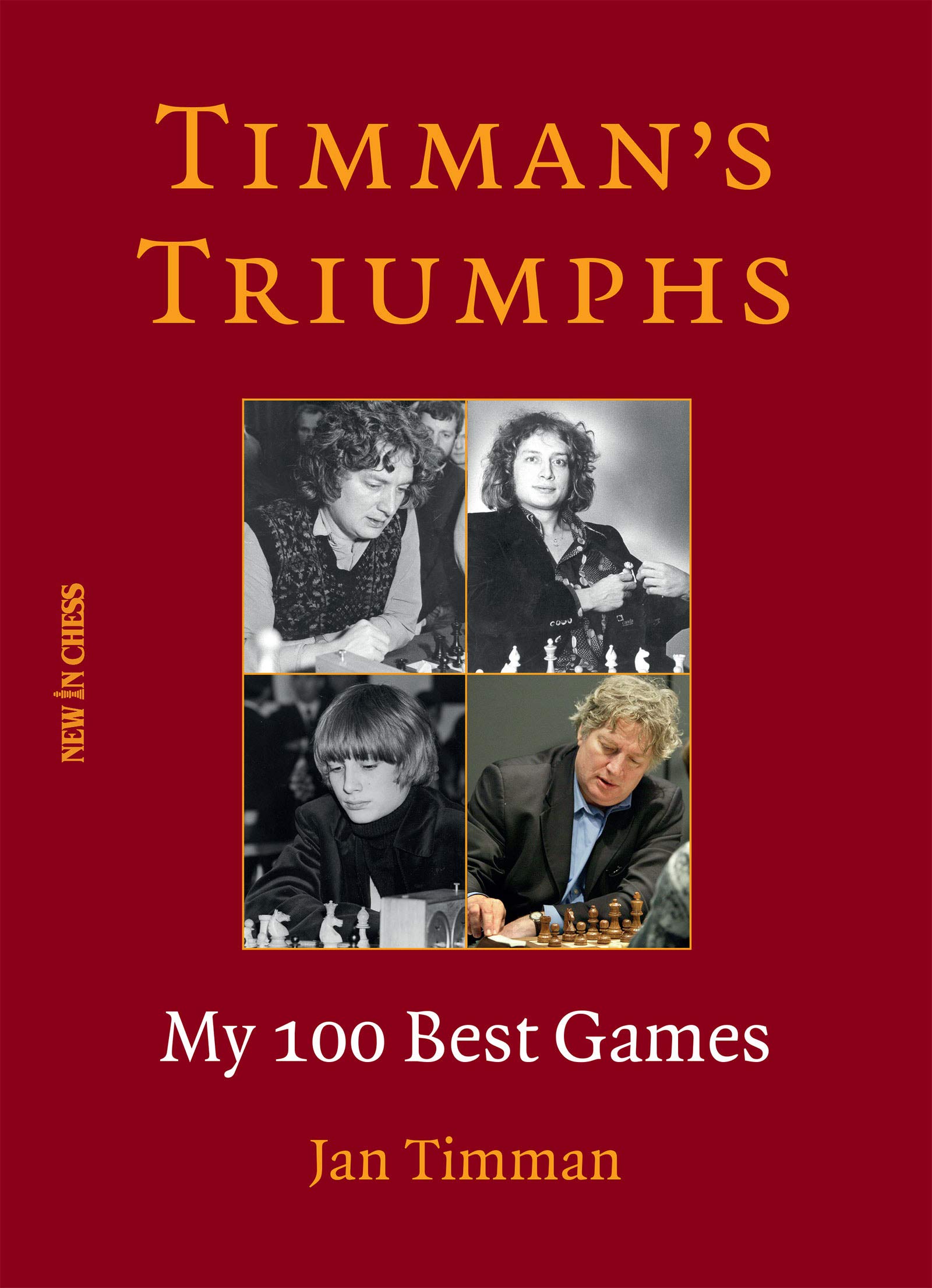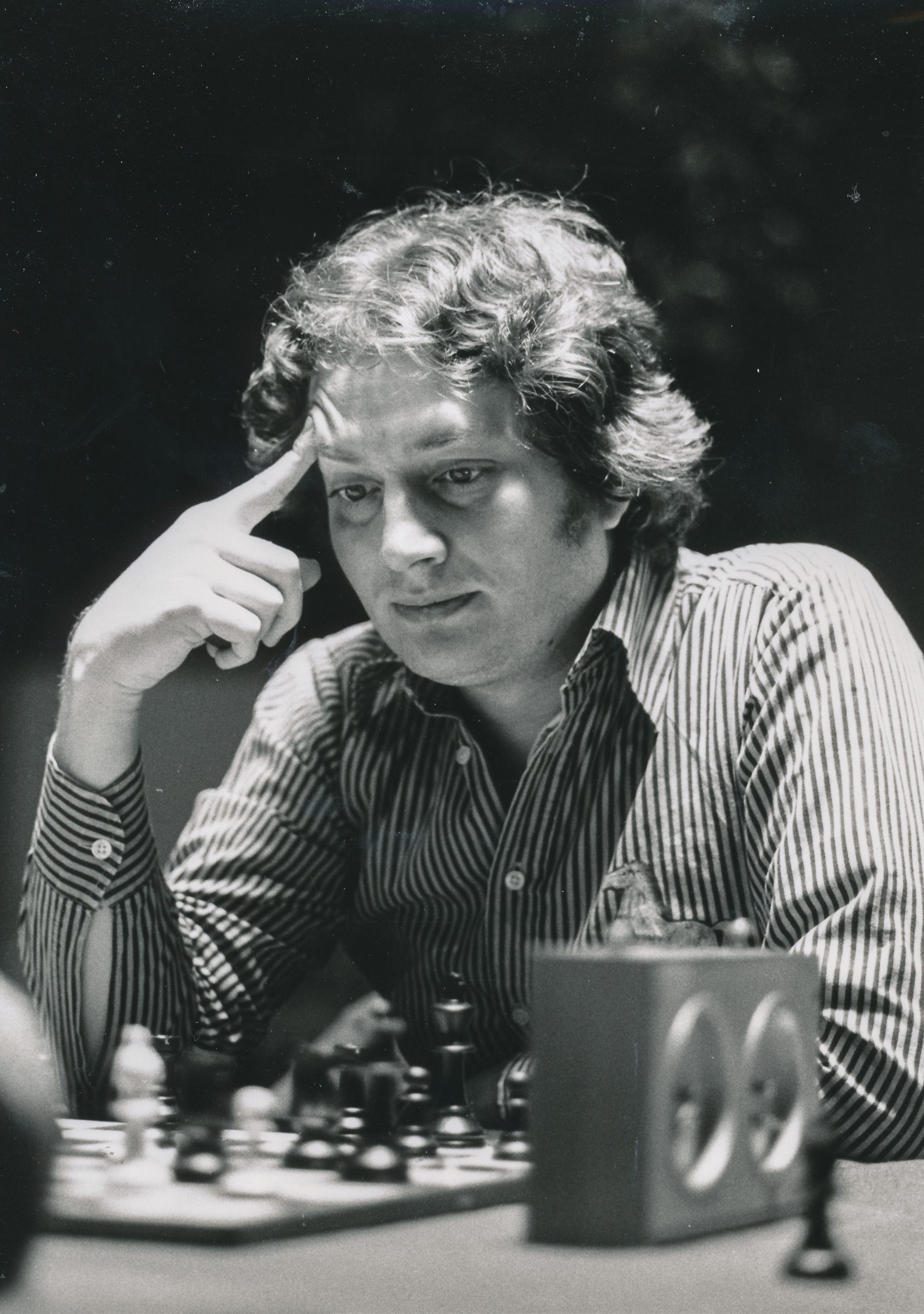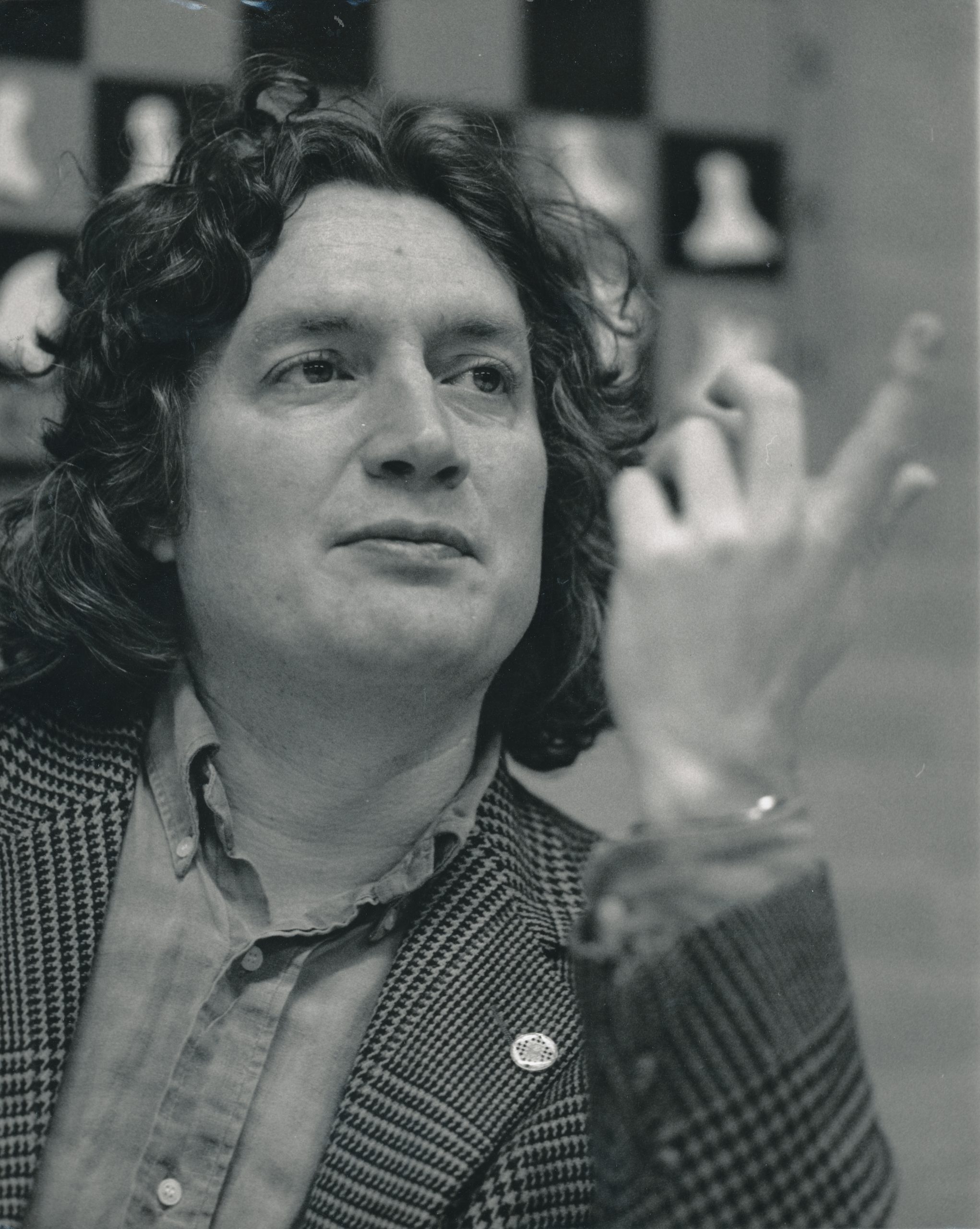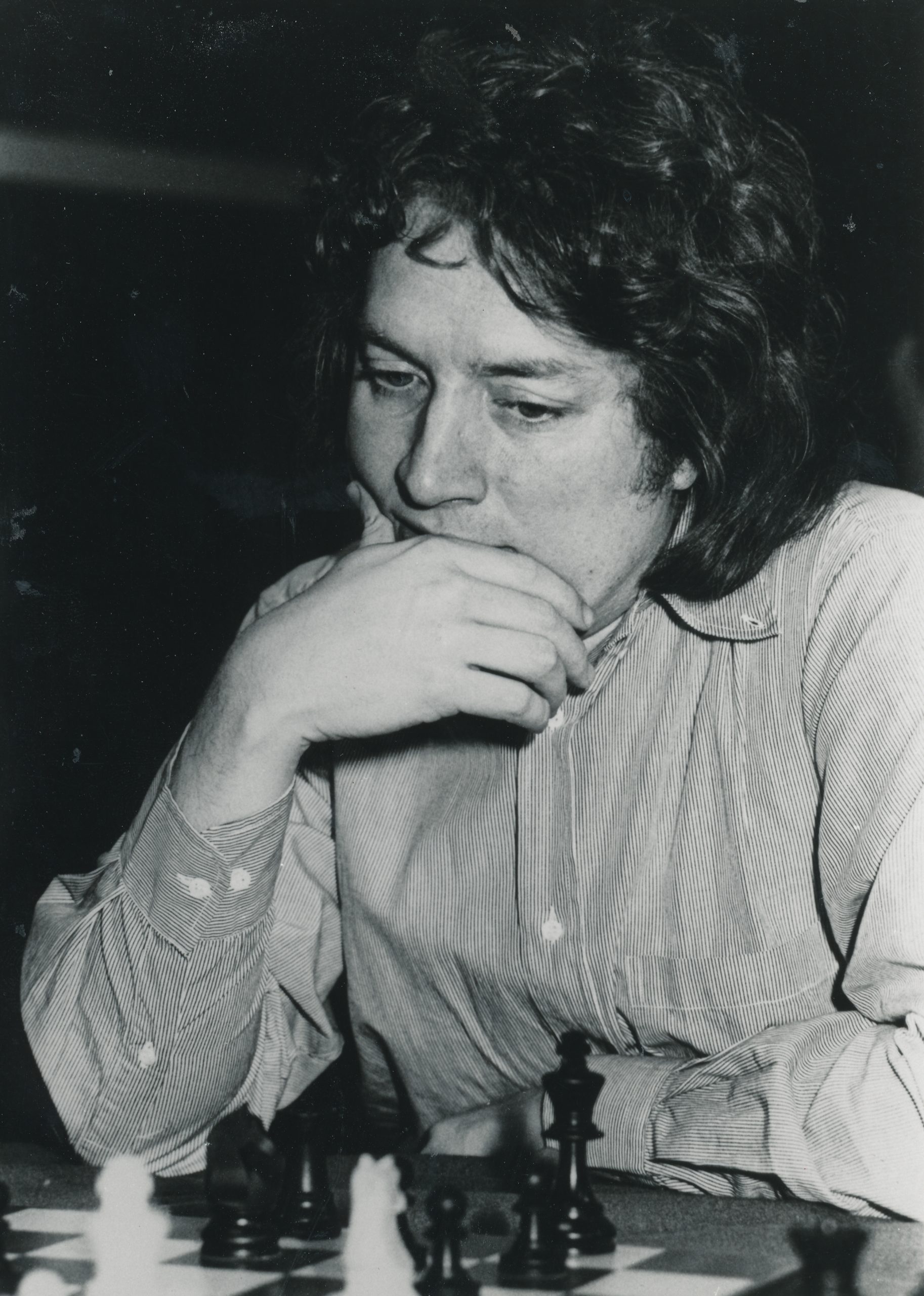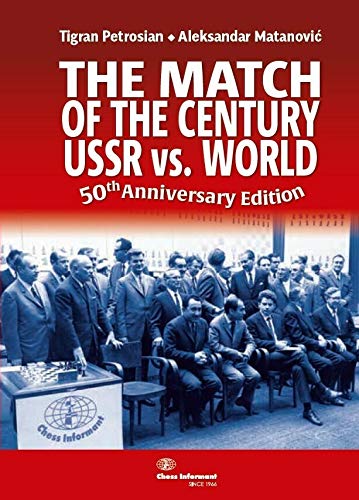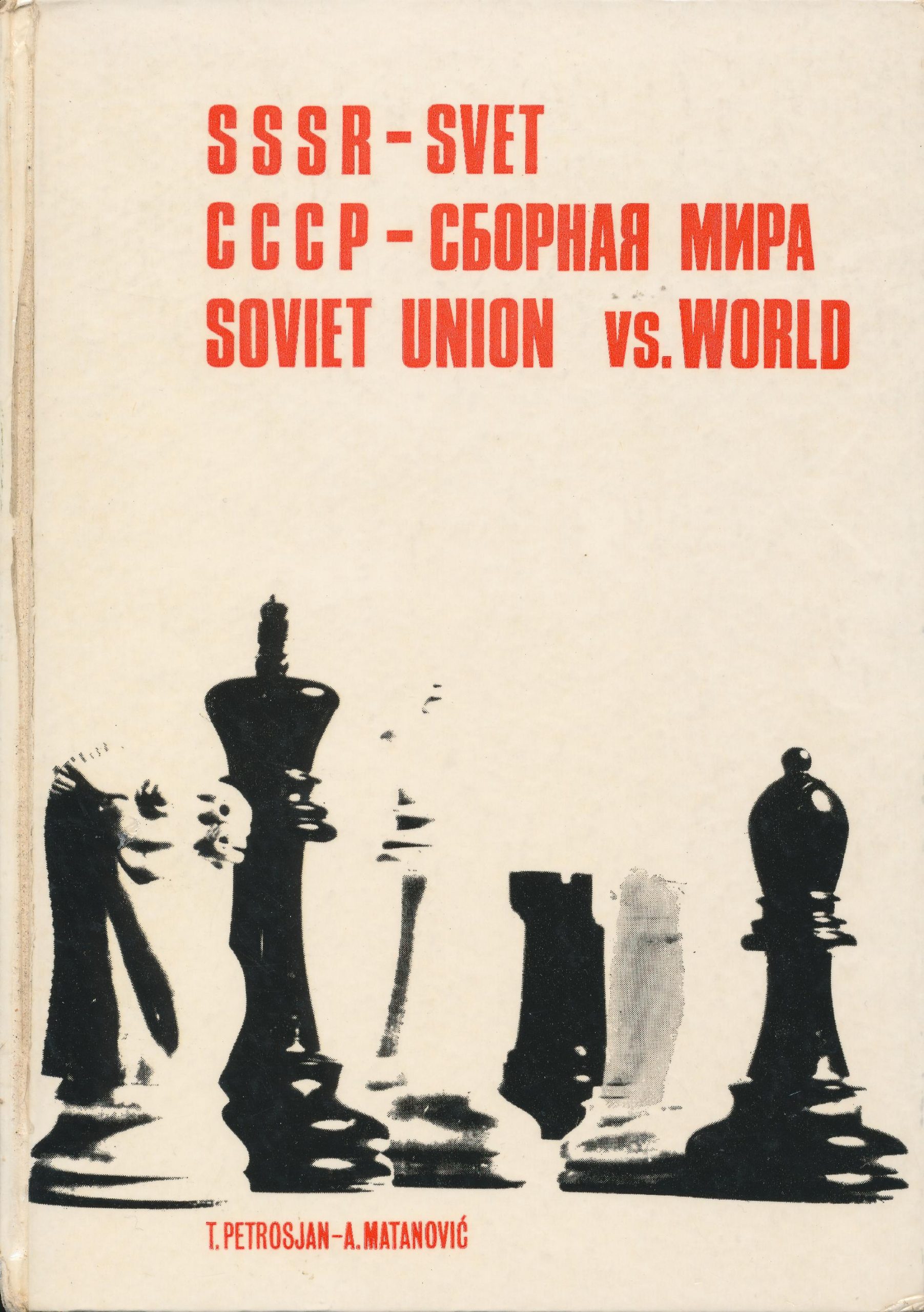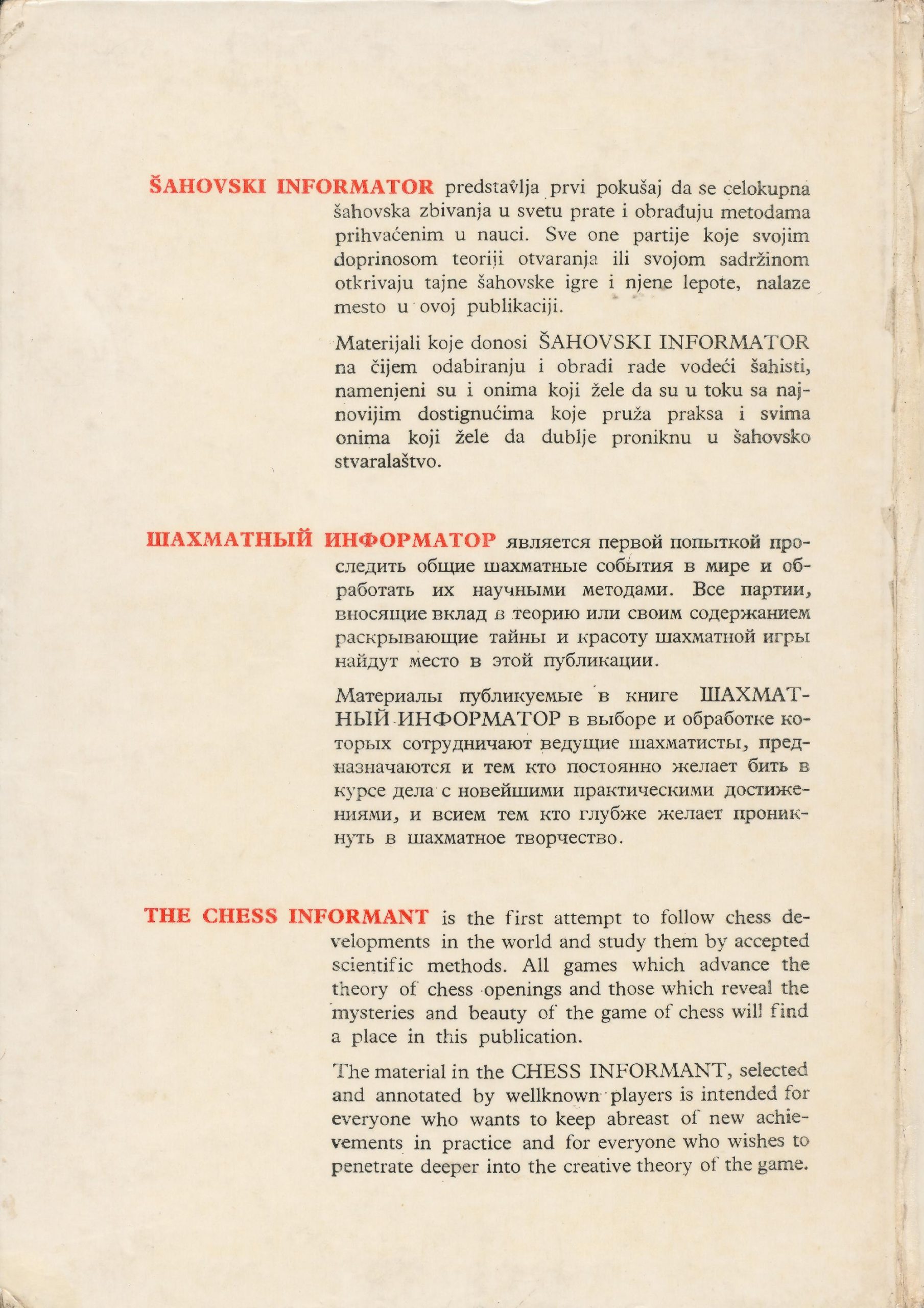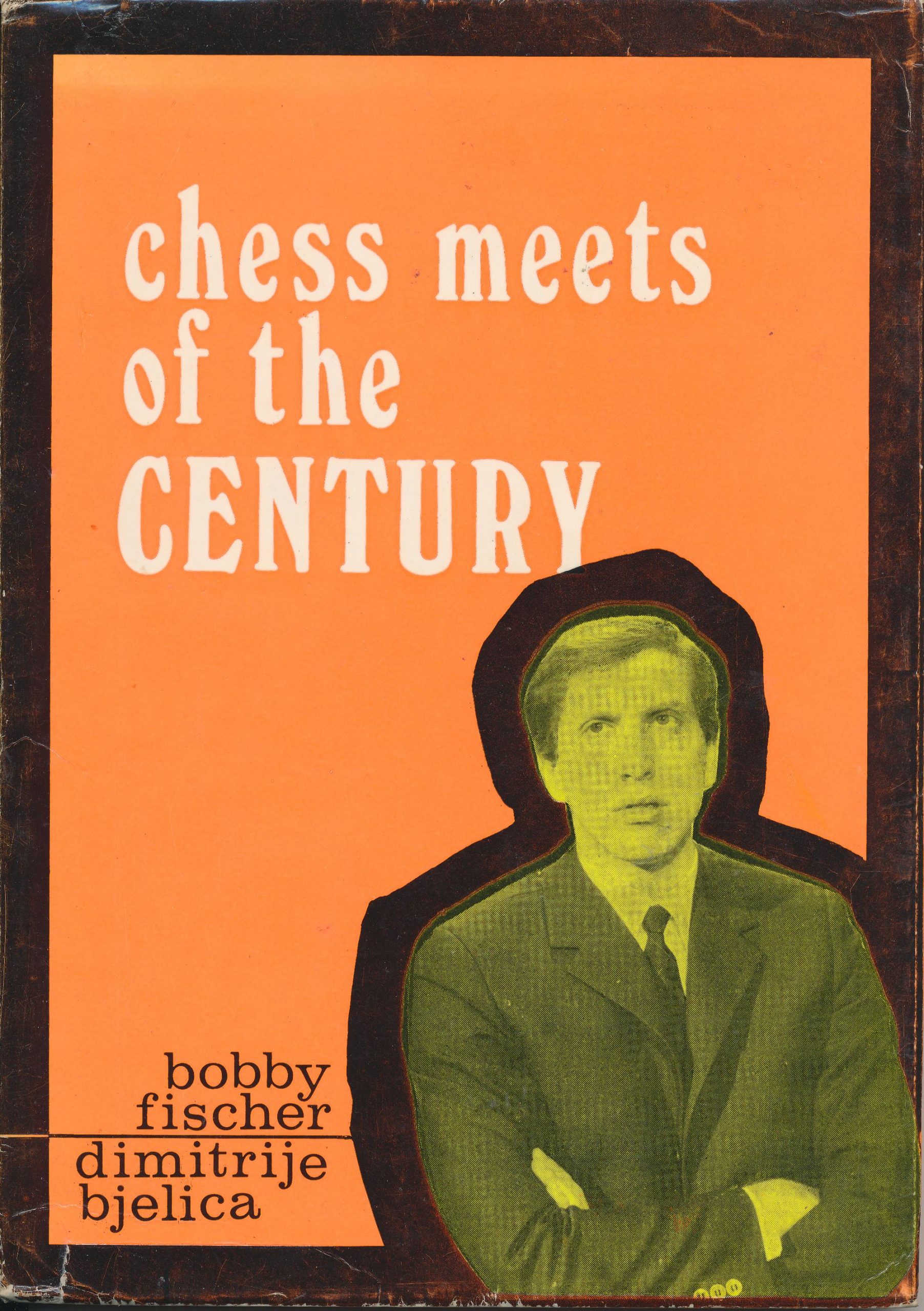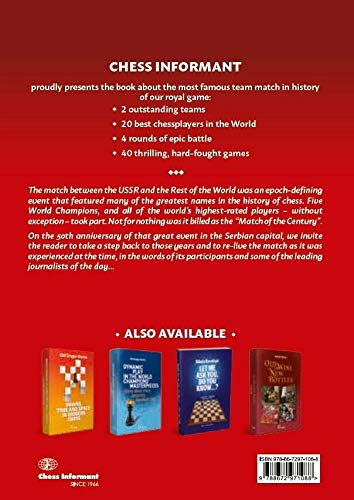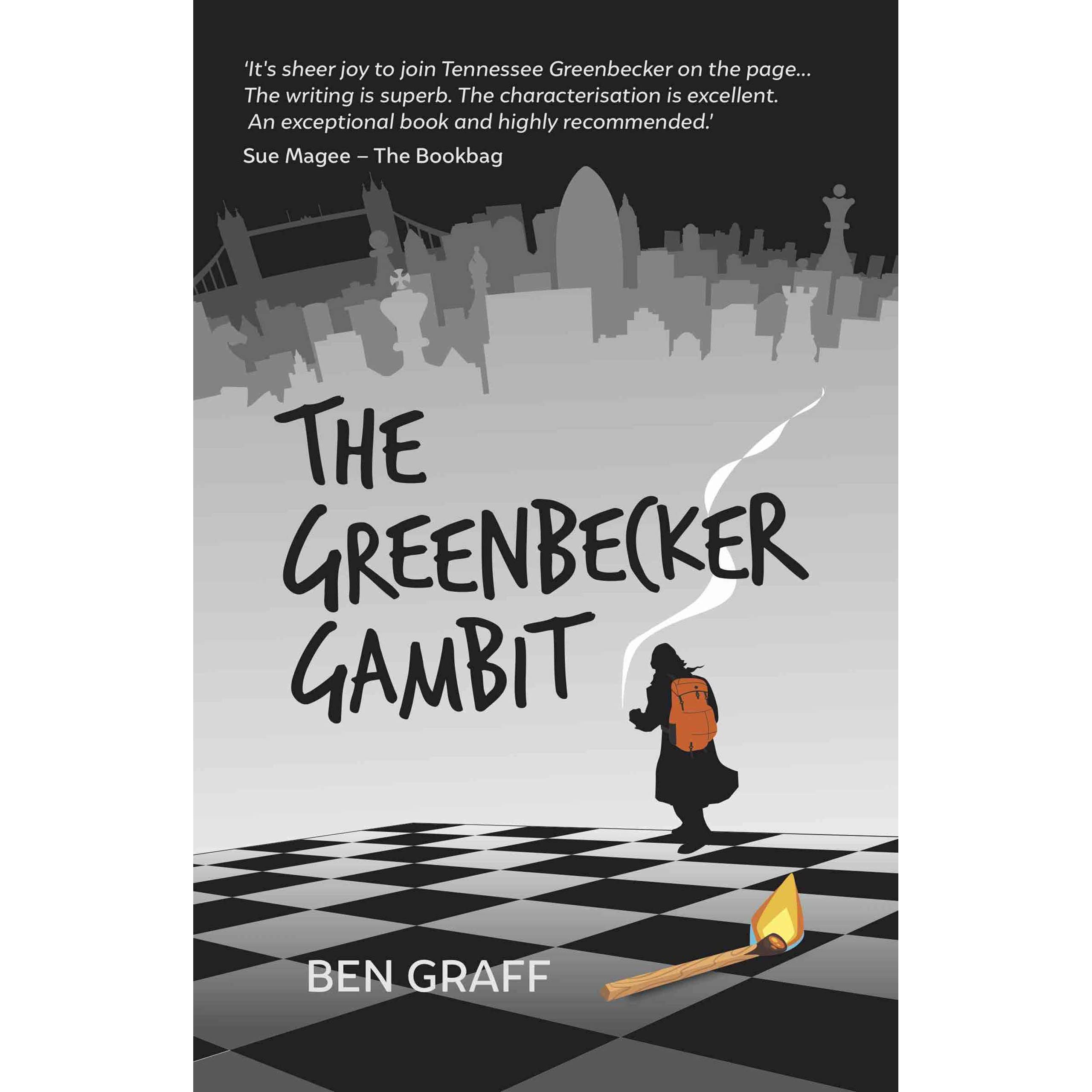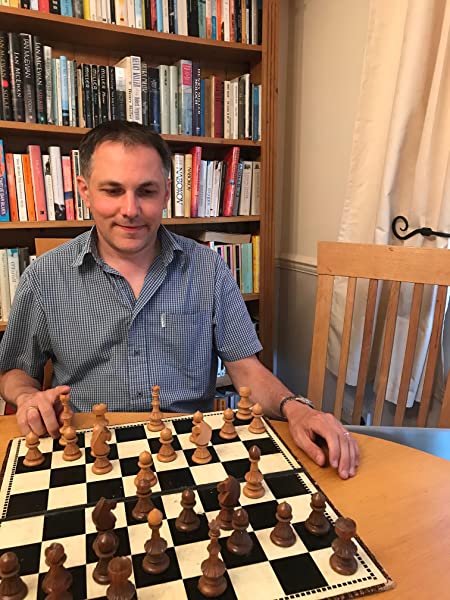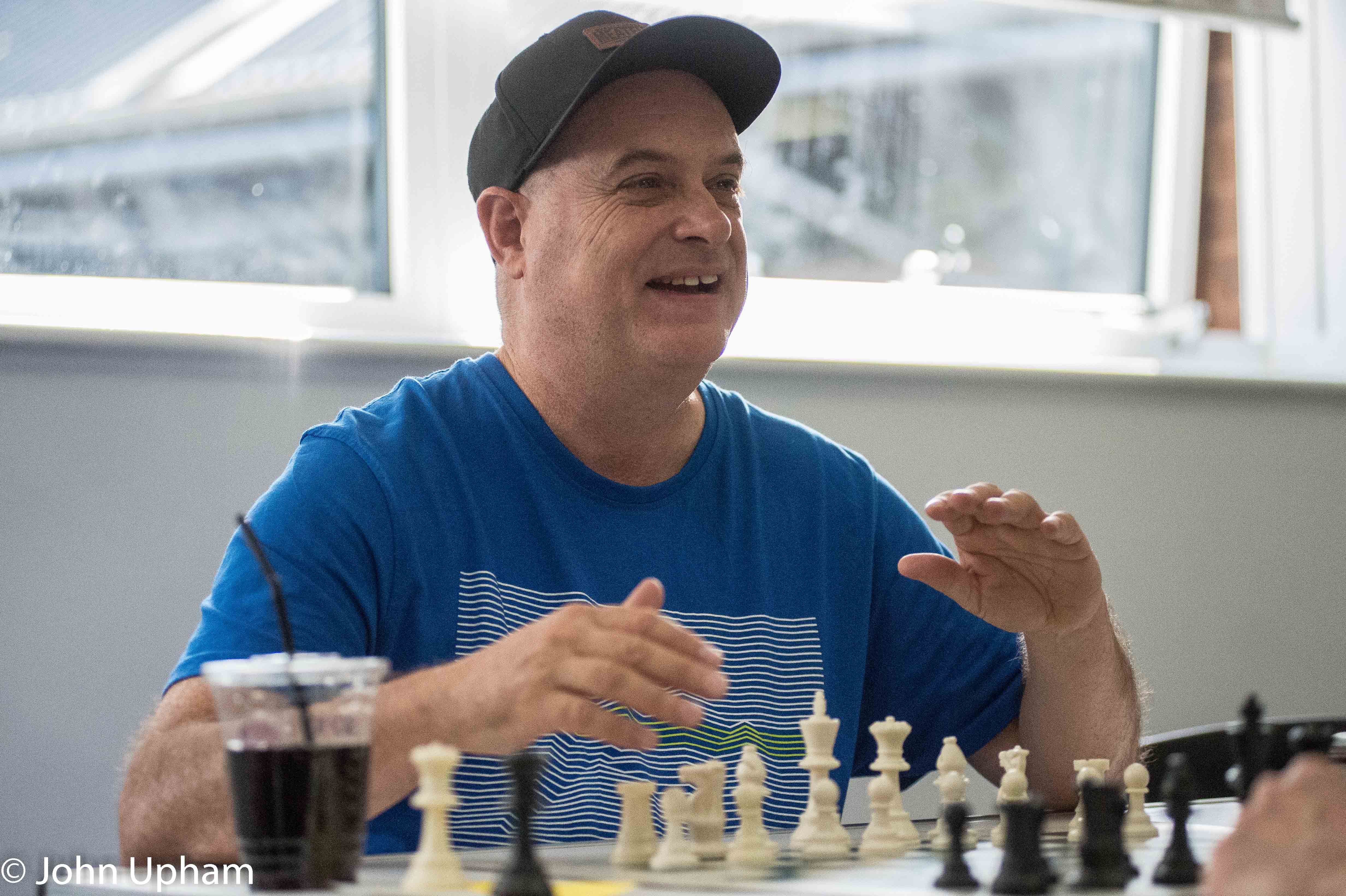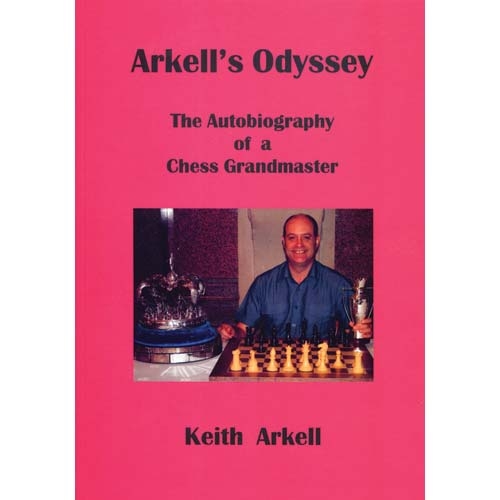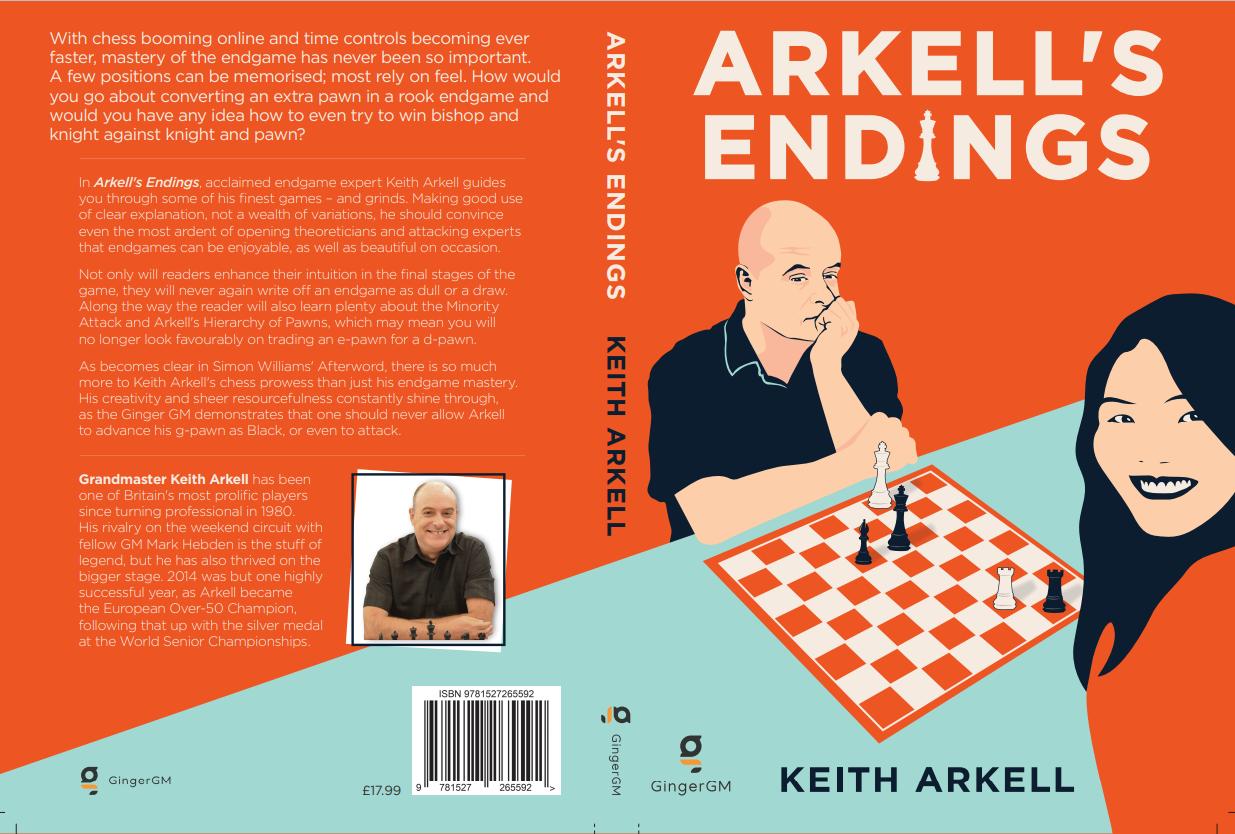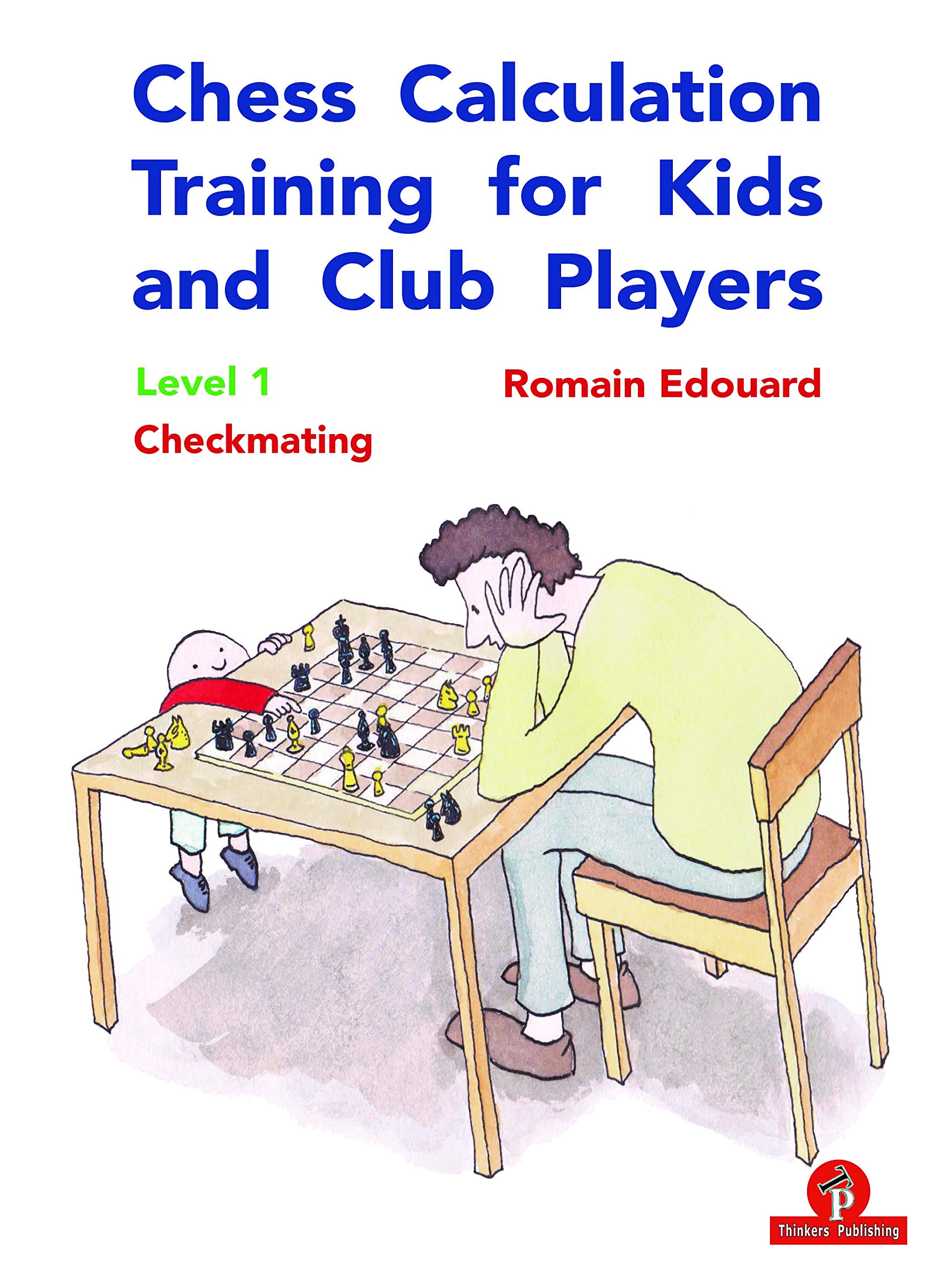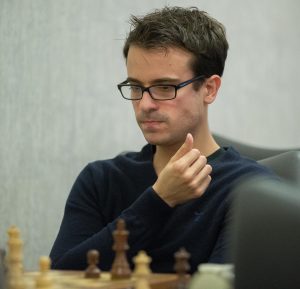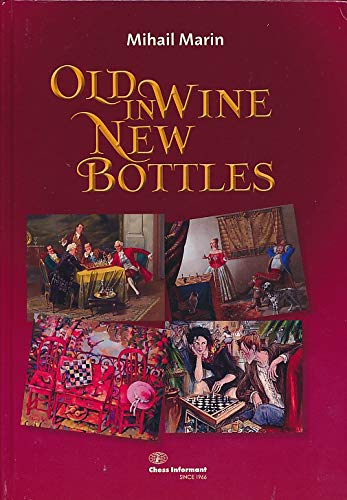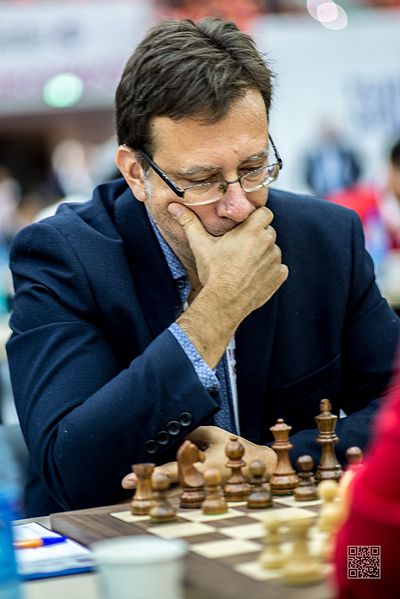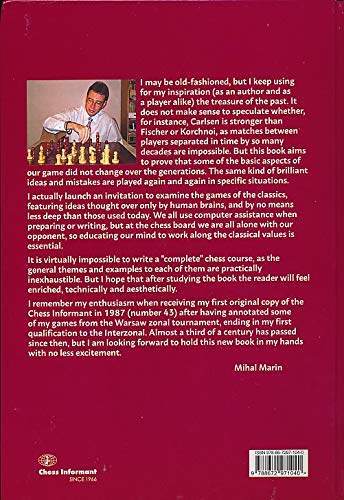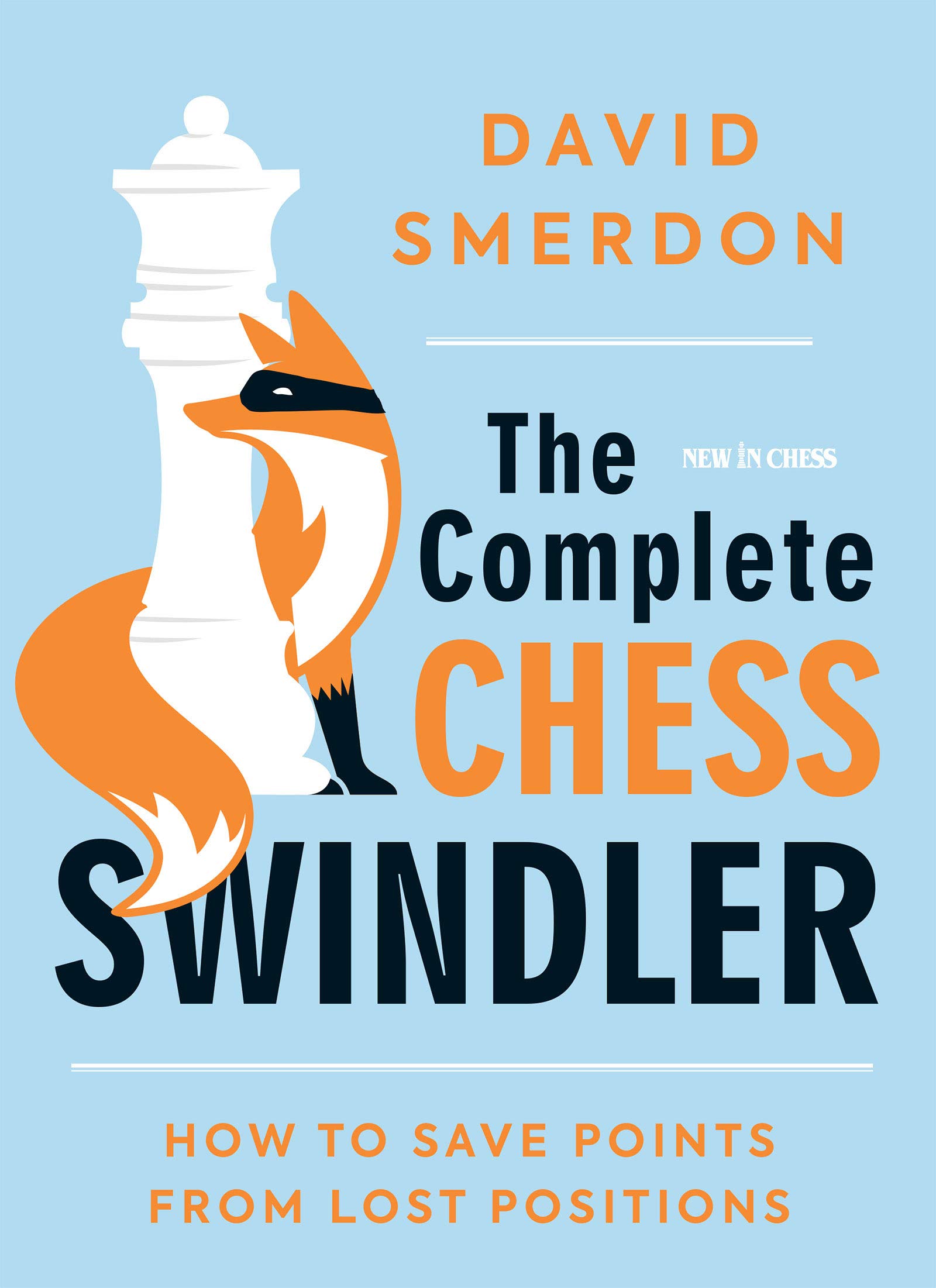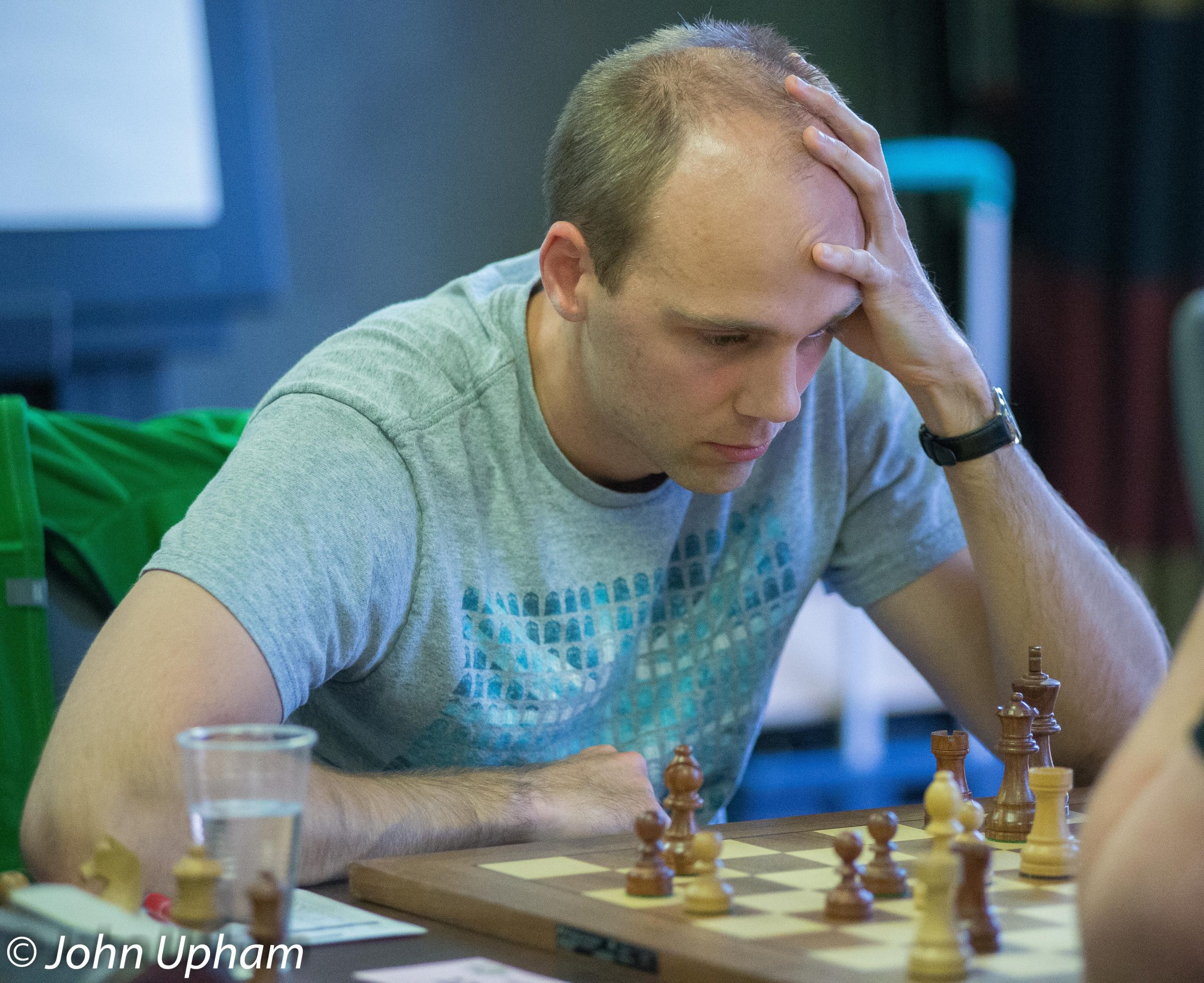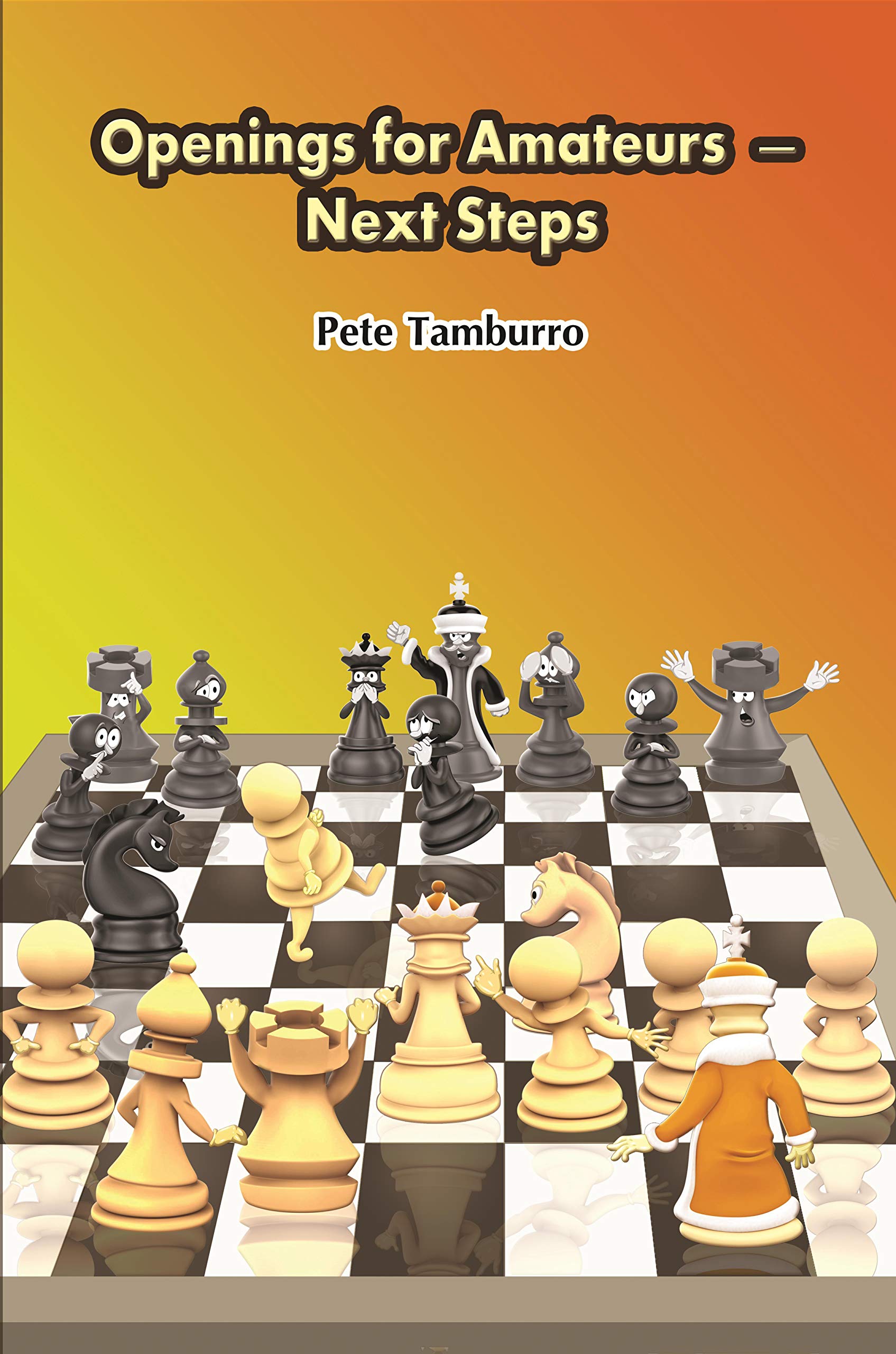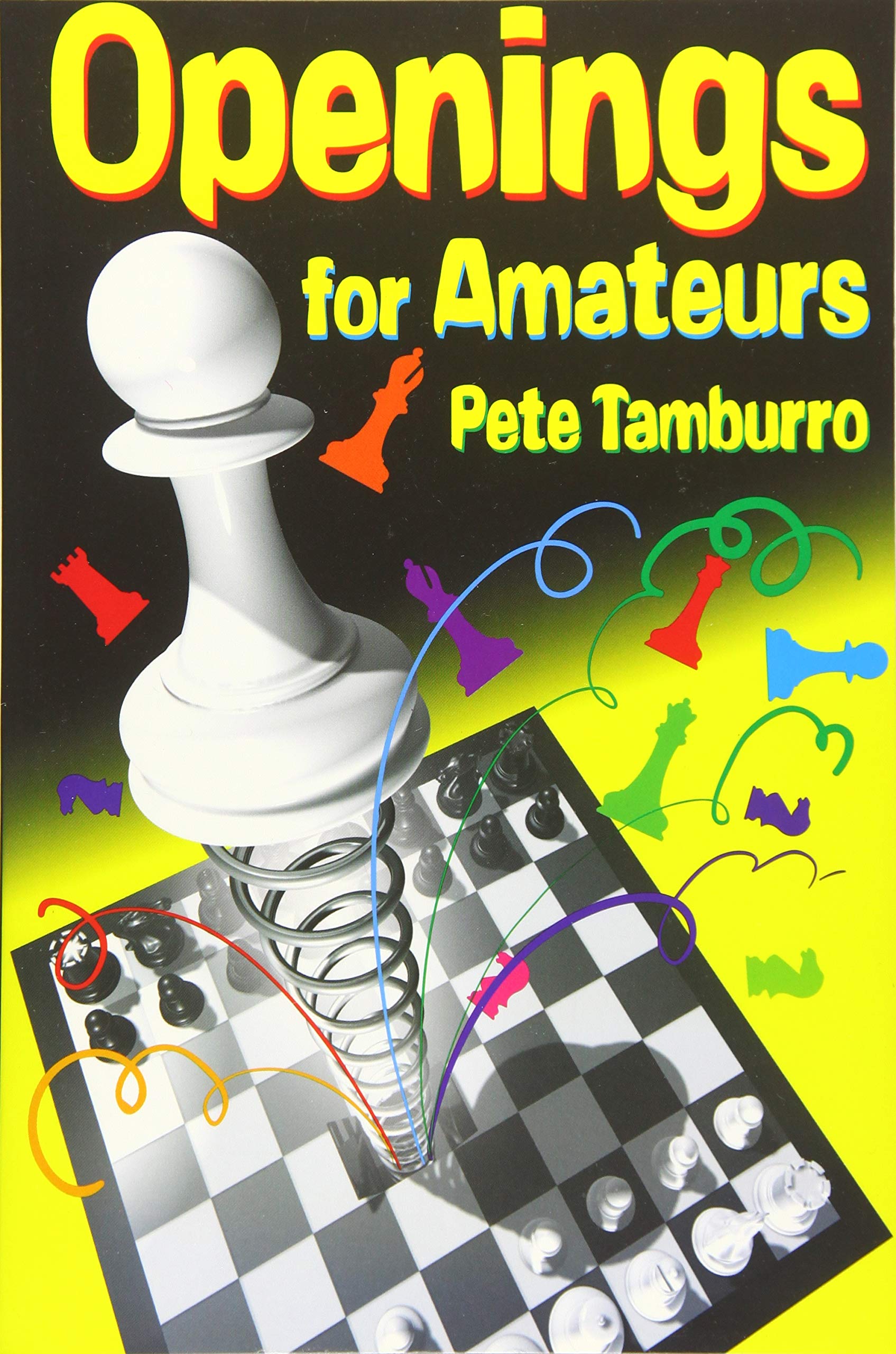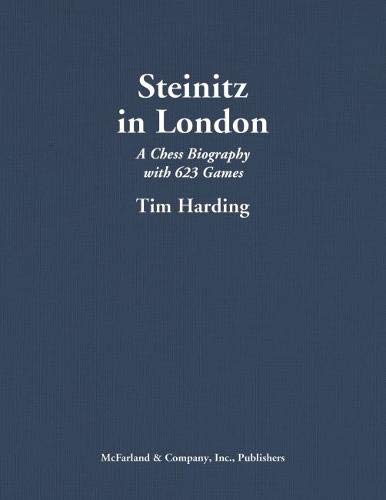
Steinitz in London : A Chess Biography with 623 Games : Tim Harding
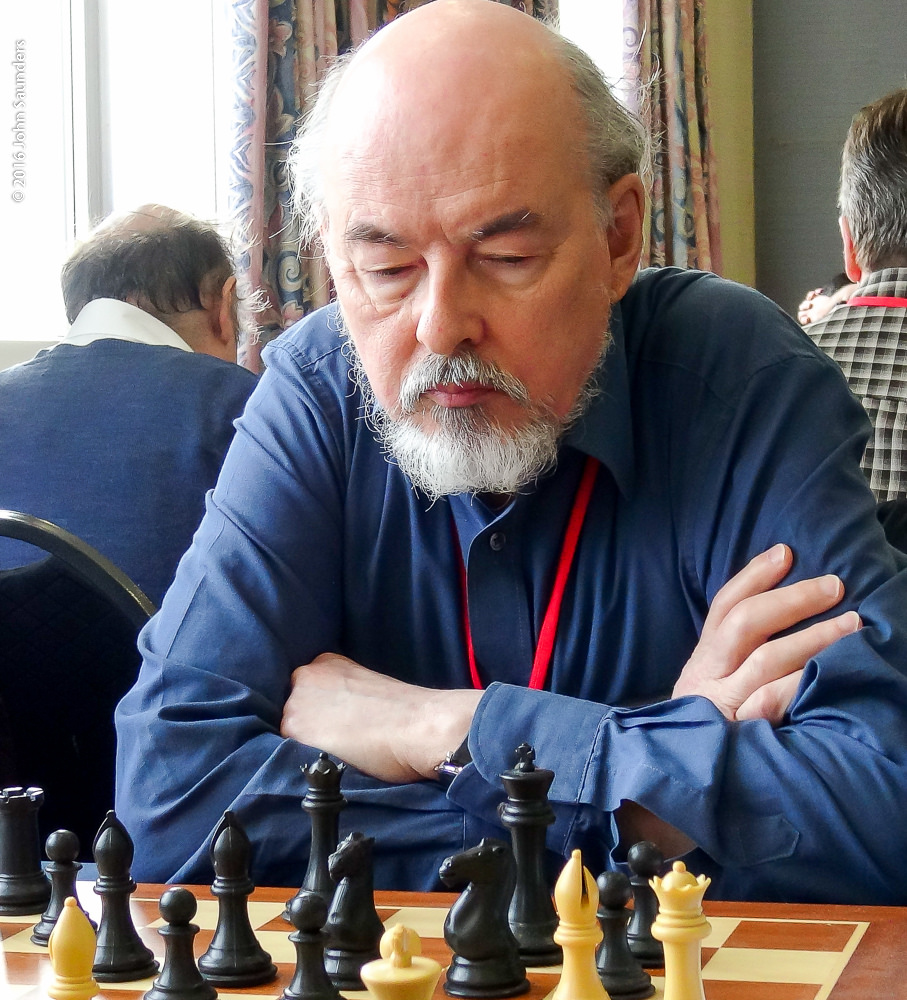
“Tim Harding played for Ireland at the 1984 FIDE chess Olympiad in Thessaloniki. He is a FIDE Candidate Master and a Senior International Master of correspondence chess. A well-known writer on many aspects of chess, Tim is a former editor of Chess Mail magazine and for almost 20 years he contributed monthly articles in “The Kibitzer” series. He lives in Dublin, Ireland.”
From the publisher’s blurb :
“Drawing on new research, this first biography of William Steinitz (1836-1900), the first World Chess Champion, covers his early life and career, with a fully-sourced collection of his known games until he left London in 1882. A portrait of mid-Victorian British chess is provided, including a history of the famous Simpson’s Divan. Born to a poor Jewish family in Prague, Steinitz studied in Vienna, where his career really began, before moving to London in 1862, bent on conquering the chess world. During the next 20 years, he became its strongest and most innovative player, as well as an influential writer on the game. A foreigner with a quarrelsome nature, he suffered mockery and discrimination from British amateur players and journalists, which eventual drove him to immigrate to America. The final chapters cover his subsequent visits to England and the last three tournaments he played there.”
Collectors of McFarland’s chess biographies will know exactly what to expect.
A handsome, beautifully produced hardback book based on extensive and exhaustive research, in this case concerning William Steinitz (Harding prefers to use the anglicized spelling of his name), the first official world champion.
He was born under the name Wolf Steinitz into a Jewish family in Prague in 1836, making him a year older than Morphy. He moved to Vienna to study mathematics in 1858, and it was there that he started playing chess seriously. In 1862 he travelled to London to play in an international tournament, and remained there, living the life of a chess professional, for 20 years.
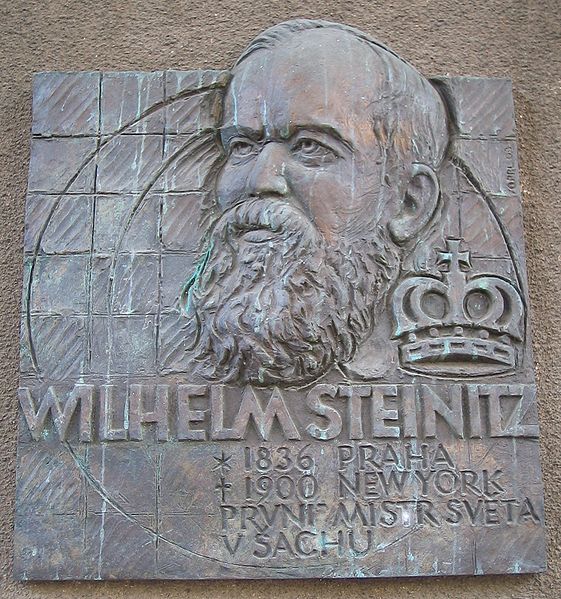
Here’s Harding, in the Preface:
“This is not just a game collection but also an important biographical work. Subsequent to his triumphant comeback at the Vienna international tournament and his resignation as chess editor of The Field, Steinitz left England for a long tour of America. In the spring of 1883 he returned to play in the London 1883 tournament, after which he spent some more time in London; Chapter 12 deals with this. Steinitz then left England permanently and did not set foot in the country for another 12 years. The final chapter deals with his last visits to Britain which included two major tournaments, Hastings 1895 and London 1899. There is much less biography than chess in those two chapters but some information about his European tours is included. The tasks of writing a new biography of the final phase of Steinitz’s life after he left England, and of providing an authoritative game collection of his post-London period, are left for future scholars.
“The primary motivation for embarking on the research for this book was to present a chronological account of Steinitz’s two decades as an English resident, covering both the development of his chess career and significant life events. The chapter about Steinitz in this author’s earlier work, Eminent Victorian Chess Players, may be seen as a first essay in that direction but the present book goes much deeper, including appendices that document various controversies in which Steinitz became embroiled. The book also includes background sections about chess life in London going back to the earlier nineteenth century, dealing with London’s early chess clubs and public places where the game was played, before and during Steinitz’s time.”
Harding chose to include all available games from Steinitz’s time in London, some of which have only recently been rediscovered in old newspaper and magazine columns, so you have in total 623 games, mostly with some annotations from contemporary sources, occasionally, where appropriate, with interjections from Stockfish 10. In those days, of course, there were few tournaments, so he made a living, apart from journalism and teaching (one of his pupils was Lord Randolph Churchill, Winston’s dad), by giving simultaneous displays and playing against amateurs, who would pay for the privilege. If the games were particularly interesting or brilliant, they would find their way into print. In the early part of his career, Steinitz was renowned for his tactical acumen, so the book is crammed full of romantic King’s Gambits and Evans Gambits. Lovers of this style of chess won’t be disappointed.
In his preface, Harding draws the reader’s attention to two games in particular:
All the games have been checked using every primary source with discrepancies noted. So if you want a full and accurate record of every currently available Steinitz game from his time in London, along with some earlier games from his time in Vienna and those from his later English tournaments, look no further.
But what you also get is a lot of background information about chess in London during that period. The clubs, the events, the personalities, the disputes: everything is there. One of my personal interests is the changing position of chess within society over the past 200 years, and the changing demographics of the people who were attracted to the game over the years. In Steinitz’s time, as you would expect, chess clubs were entirely male and largely upper middle class. Most readers will be aware that chess was a particularly popular pastime amongst Church of England clergymen well into the 20th century. Helpfully, at least to me, Harding will often provide the full name and a one sentence biography of Steinitz’s amateur opponents. Although he is very thorough when researching Steinitz and his games, he tends only to consult one source for his opponents.
I decided to follow up a few random names through a quick search of genealogical websites: I found one or two mistakes and was also to provide probable identification in several cases where only the initial and surname were given. I also came across some fascinating stories which I’ll relate another time.
But this is just me: none of this will matter to most readers, who will be more interested in Steinitz than his opponents. It’s unrealistic to expect Harding to research these minor figures with the same diligence afforded to his protagonist.
Make no mistake about it: this is a major addition to the literature of our game, marked by scholarly research and historical accuracy, and, as such, deserves a place in the library of anyone with an interest in chess history. McFarland and their authors are doing an enormous service to the chess community by publishing books of this nature: this volume will sit alongside several other Harding works, notably his biography of Blackburne, Renette’s biography of Bird and Forster’s biography of Burn on your shelf devoted to 19th century British chess history.
But it’s not just a dry as dust history book. It’s a gripping read as well. Harding tells his story with panache, leaving the reader eager to turn the page and find out what happened next, helped, in part, by his subject’s disputatious nature. Whatever you do, don’t miss out on the appendices, in particular where Steinitz describes how he was allegedly assaulted by Blackburne on two occasions: “… he pounced upon me and hammered at my face and eyes with fullest force about a dozen blows, until the bedcloth and my nightshirt were covered with blood.”.
It is to be hoped that a future volume will appear, perhaps written by an American chess historian, covering the latter stages of Steinitz’s career. A Best Games collection, looking at his play through both 19th and 21st century eyes, would also be a valuable edition to chess literature.
A large book with high production values and a niche market is never going to come cheap, but, even if you’ve never read anything of this nature before, you might want to give it a try. With chess clubs closed and pubs offering restricted services, what better way could there be to spend your winter evenings?
Very highly recommended: 2020 has been an excellent year for chess books and this is certainly one of the best.
Richard James, Twickenham 21st October 2020

Book Details :
Format: library binding (8.5 x 11)
Pages: 421
Bibliographic Info: 84 photos, 623 games, appendices, notes, bibliography, indexes
Copyright Date: 2020
pISBN: 978-1-4766-6953-3
eISBN: 978-1-4766-4061-7
Official web site of McFarland


